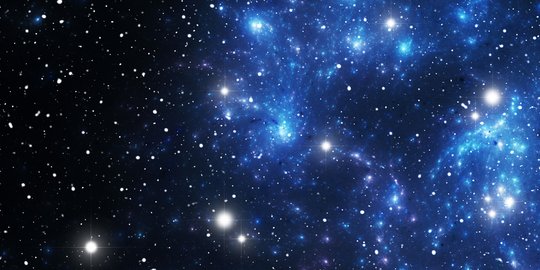Merdeka.com – Scientists are observing a completely new type of explosion taking place in outer space.
Astronomers say the explosion could change our understanding of how stars explode. And their kind – micronovae, thermonuclear explosions – could actually be common throughout the universe.
–
But the explosion only lasted a few hours, making it very difficult to really recognize.
The explosion occurred on the surface of several stars. Although the explosion was brief, it was extremely powerful, rapidly burning through a large amount of stellar material.
Quoted from The Independent, Thursday (21/7), the researchers observed this phenomenon in three white dwarfs, which are the remains of dead stars or small stars that no longer shine. In each case, they devoured a companion star.
Scientists, led by researchers from Durham University, observed the explosion via NASA’s Transiting Exoplanet Survey Satellite (TESS). The spacecraft is usually used to observe exoplanets or planets outside the solar system, or other worlds outside our solar system.
“Observing through the astronomical data collected by NASA’s TESS, we found something unusual: a bright optical flash that lasted for several hours. Further searching, we found several similar signals,” explains Nathalie Degenaar, an astronomer from the University of Amsterdam.
Scientists now hope to use these findings to find more micronovae. That could help change our understanding of how stars explode in thermonuclear explosions.
“We have discovered and identified for the first time what we call a micronova,” said lead author Simone Scaringi of the Center for Extragalactic Astronomy at Durham University.
“This phenomenon tests our understanding of how thermonuclear explosions in stars occur. We thought we knew this, but this discovery provides a completely new way to reach them.”
“It shows how dynamic the Universe is. These events are actually quite common, but because they are so fast that they are hard to capture in action.”
The findings are published in a new paper, ‘Local thermonuclear explosion from increasing magnetic white dwarf’, in the journal Nature.
[pan]
–

:quality(80)/cdn-kiosk-api.telegraaf.nl/9e7e6c90-c0e6-11ec-93f3-0218eaf05005.jpg)
